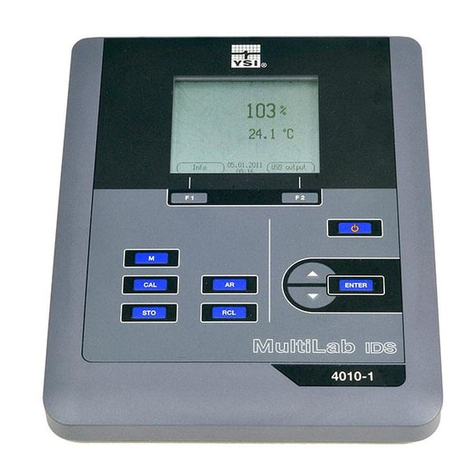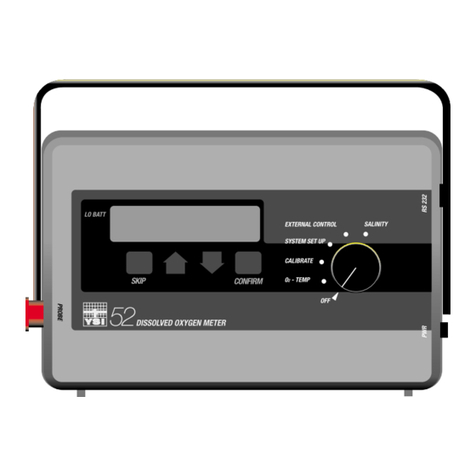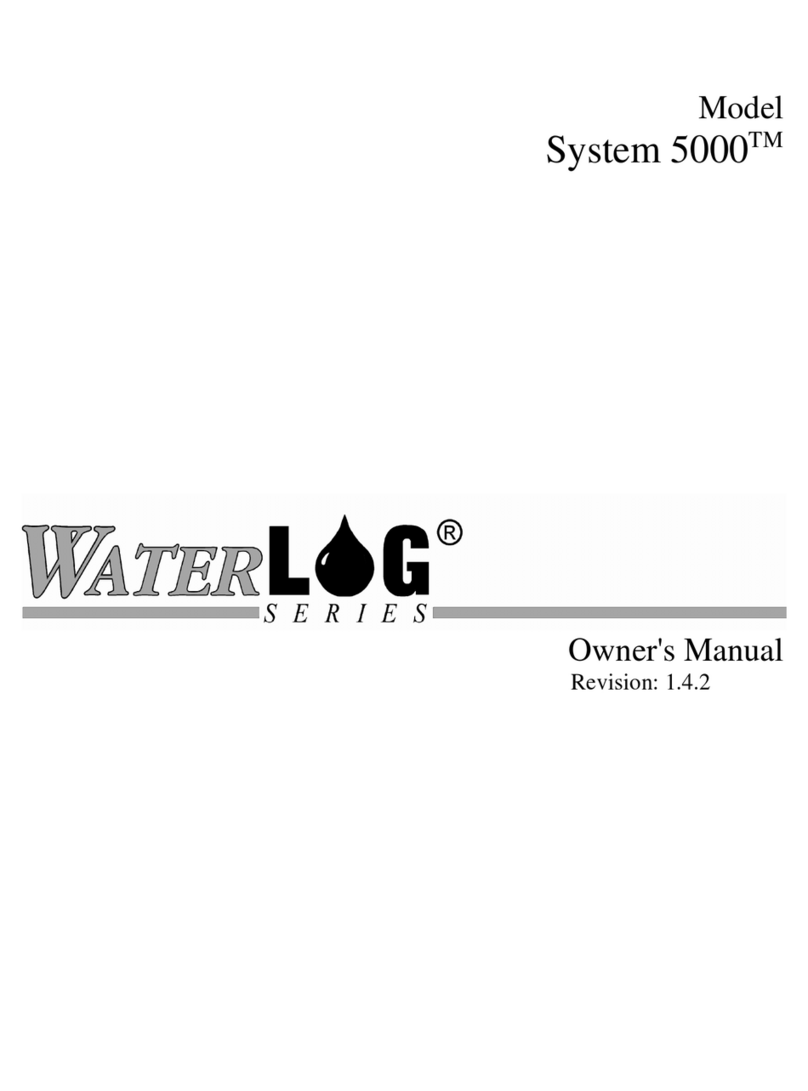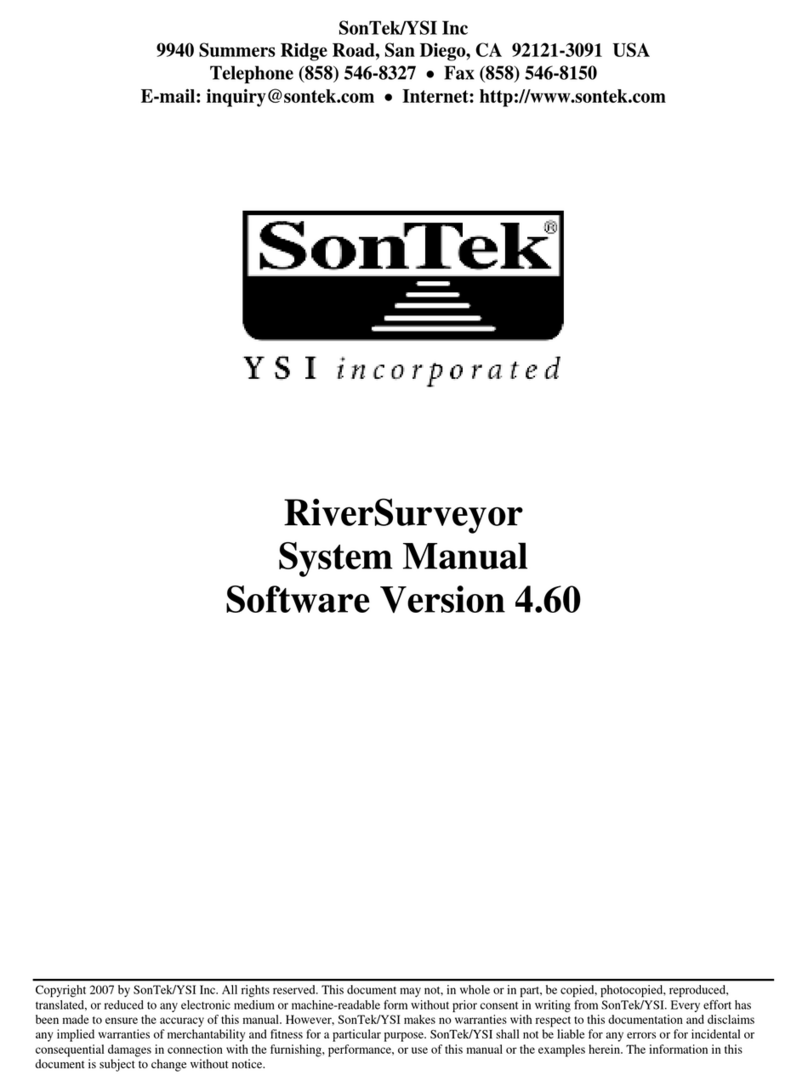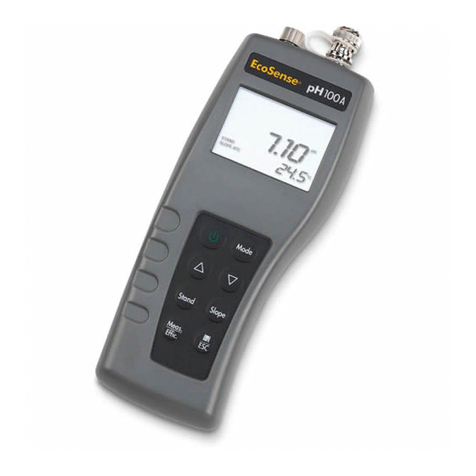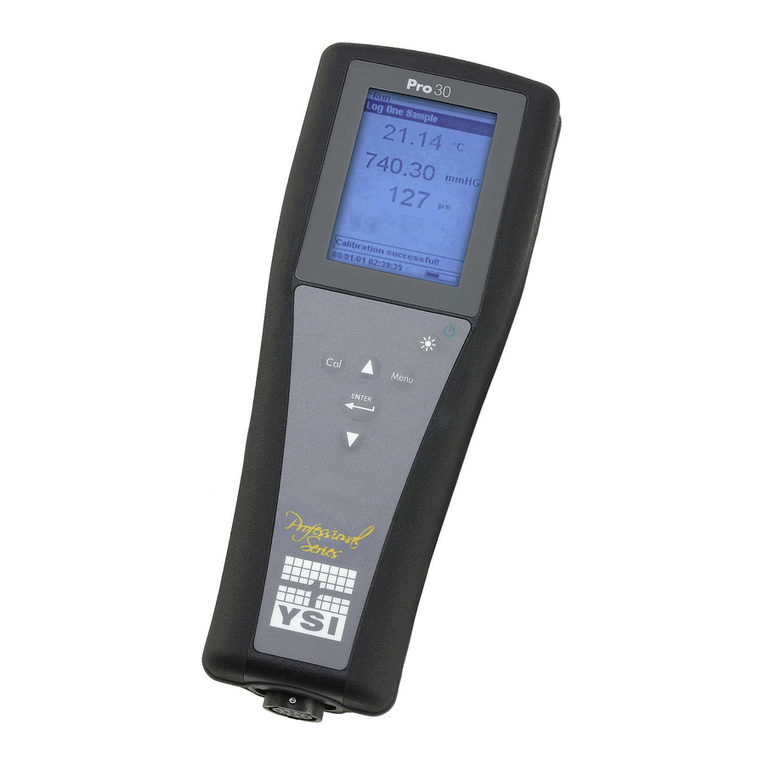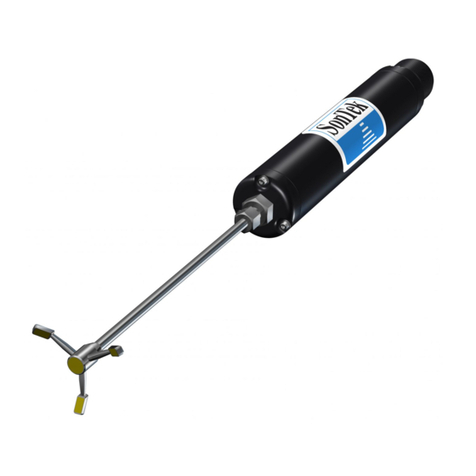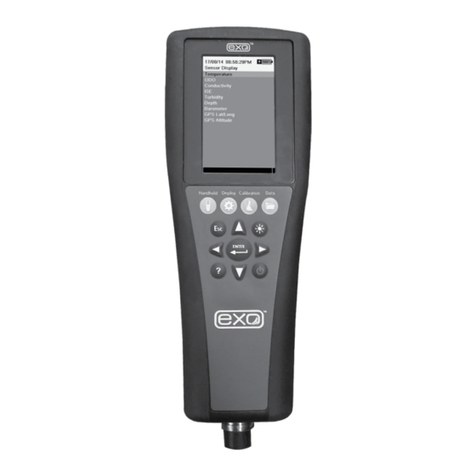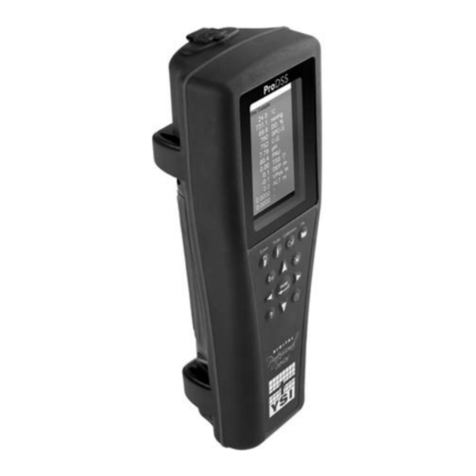
CONTENTS
SECTION 1 INTRODUCTION .......................................................................................................................1
SECTION 2 PREPARING THE METER......................................................................................................2
2.1 UNPACKING .............................................................................................................................................. 2
2.2 WARRANTY CARD.................................................................................................................................. 2
2.3 BATTERIES................................................................................................................................................. 2
SECTION 3 PREPARING THE PROBE.......................................................................................................3
3.1 CHOOSING THE CORRECT PROBE...................................................................................................... 3
3.1.1 YSI 5239 DO FIELD PROBE ........................................................................................................... 3
3.1.2 YSI 5905 BOD PROBE ..................................................................................................................... 3
3.1.3 YSI 5739 DO PROBE........................................................................................................................ 4
3.1.4 YSI 5718 DO FIELD PROBE ........................................................................................................... 4
3.1.5 YSI 5750 BOD BOTTLE PROBE .................................................................................................... 4
3.2 PROBE INSTALLATION - YSI 5739....................................................................................................... 5
3.3 CHOOSING THE CORRECT MEMBRANE........................................................................................... 5
3.3.1 MEMBRANE INSTALLATION FOR THE 5239 PROBE............................................................ 6
3.3.2 MEMBRANE INSTALLATION FOR THE 5905 PROBE............................................................ 7
3.3.3 MEMBRANE INSTALLATION FOR THE 5700-SERIES PROBES........................................... 8
SECTION 4 OPERATION..............................................................................................................................10
4.1 PRINCIPLES OF OPERATION...............................................................................................................10
4.2 TURNING THE INSTRUMENT ON......................................................................................................11
4.3 CALIBRATION.........................................................................................................................................11
4.3.1 AIR CALIBRATION.......................................................................................................................12
4.3.2 WINKLER TITRATION.................................................................................................................13
4.3.3 AIR-SATURATED WATER CALIBRATION.............................................................................13
4.3.4 CALIBRATION FREQUENCY .....................................................................................................14
4.4 MAKING MEASUREMENTS.................................................................................................................14
4.4.1 ENVIRONMENTAL CONSIDERATIONS..................................................................................14
4.4.2 MEASURING OXYGEN IN FLUIDS OTHER THAN WATER................................................ 15
4.4.3 CALIBRATING TO DISPLAY OXYGEN PARTIAL PRESSURE IN MM HG.......................15
4.5 RECORDER OUTPUT.............................................................................................................................16
SECTION 5 CARE AND MAINTENANCE................................................................................................17
5.1 THE METER CASE..................................................................................................................................17
5.2 PROBE PERFORMANCE CHECK.........................................................................................................17
5.3 PROBE PRECAUTIONS..........................................................................................................................17
5.3.1 5905 AND 5239 PROBE CARE .....................................................................................................18
5.3.2 5700-SERIES PROBE CARE..........................................................................................................19
5.4 PROBE STORAGE ...................................................................................................................................19
5.4.1 5905 AND 5239 PROBE STORAGE.............................................................................................19
5.4.2 5700 SERIES PROBE STORAGE..................................................................................................19
SECTION 6 DISCUSSION OF MEASUREMENT ERRORS..................................................................20
SECTION 7 TROUBLESHOOTING............................................................................................................21
SECTION 8 WARRANTY AND SERVICE INFORMATION................................................................23
APPENDIX A GENERAL SPECIFICATIONS.........................................................................................28
i
